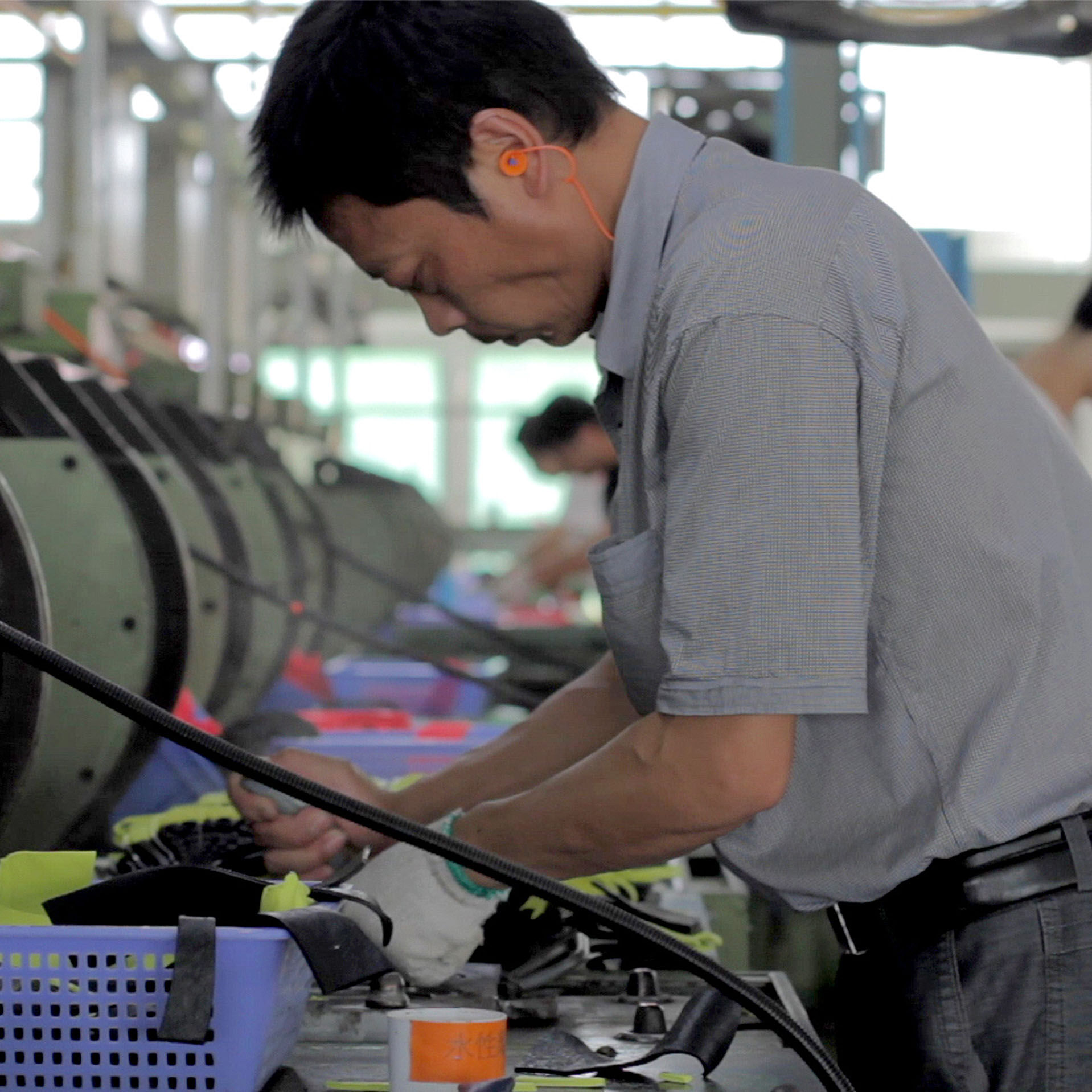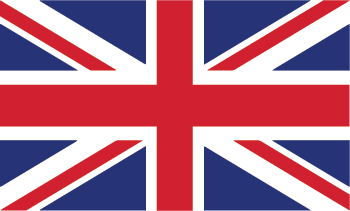
Supplier Performance
In 2021, we documented over 500 noncompliance findings related to workplace health and safety at our supplier factories. Fire safety and machine and electrical safety were the two most prevalent issue areas representing 15% and 13% of our Tier 1 supplier audit findings respectively (see 2021 Supplier Performance). Chemical safety is another critical aspect of worker health and safety (9% of audit findings). To ensure health and safety standards are met on the factory floor every day, we encourage factories to develop policies and management systems. These systems should include procedures for communicating standards and training employees to identify and deal with workplace hazards.
Fire Safety
We take fire safety in our supply chain very seriously. As part of our supplier compliance audit process, we annually inspect supplier factories for fire hazards and other safety concerns. Our auditors check that factory buildings are safe for occupancy, have functional fire alarms and extinguishing equipment and maintain unobstructed exits and evacuation paths. They also assess factories’ fire readiness, making sure staff is trained in basic fire safety measures, including how and where to evacuate, whom to contact in an emergency and how to operate extinguishers. In 2021, our audits revealed six zero tolerance fire safety findings, which have all been effectively remediated.
Our beyond compliance program, Marathon, includes a module on fire safety, which promotes best practices in fire safety systems and management. Suppliers that qualify and participate in the program receive additional points on our supplier scorecard. In 2021, 13 footwear suppliers in China, Indonesia and Vietnam participated in the program. As a result of the program, nine suppliers have achieved ISO45001 certification or had personnel or fire safety programs receive national level certifications.
Machine and Electrical Safety
Footwear, apparel and sporting equipment suppliers use a range of machinery in their manufacturing operations — from sewing machines to forklifts. Our standards require that machinery is maintained in safe operating order with proper guarding and that electrical safety is carefully managed. In 2021, the most frequent noncompliance findings related to lack of safety guards or to machine operators without proper or current certifications. Through our supplier capacity building program, we work with suppliers so they can conduct effective and regular self-inspections to detect these types of noncompliances before they result in serious accident or injury.
As part of our Marathon program, third-party auditors conducted electrical safety audits on 14 strategic Tier 1 footwear suppliers in China, Indonesia and Vietnam. In total, the audits included over 3,400 factory inspection points, with 89% found to be unsafe or not in compliance. As of 2021, 100% of critical and high-risk findings were remediated. Nearly 70% of medium-risk and approximately 40% of low-risk issues were closed; others are in progress and continue to be monitored.
Chemical Safety
We strive to eliminate and minimize the use of hazardous chemicals in manufacturing. Where hazardous chemicals are necessary and no alternative exists, we work with suppliers to protect the health of workers through responsible chemical management practices. Factory audits verify whether all chemicals and chemical management processes used on factory premises adhere to local laws and our Restricted Substances Manual (RSM), which includes a list of chemicals prohibited in manufacturing.
When a prohibited chemical is found in a factory, or when safety violations are found related to the storage and handling of chemicals, we work with suppliers to make the changes necessary to align supplier practices with our chemical management standards and local law. In 2021, we had one zero tolerance finding of a restricted chemical used by a supplier, which has now been corrected. The other noncompliance findings were related to chemical storage and handling.
For more information, see Product Chemistry.
Prioritizing Worker Health Amid the Pandemic
Throughout the COVID-19 pandemic, we prioritized working through the crisis with our suppliers in a responsible way. We instructed suppliers to adhere to all local, national and international requirements regarding safe operations for workplaces and to follow all legal requirements if and when workplaces were instructed by local officials to close. Our team also developed and provided guidance to suppliers on the importance of worker-management dialogue throughout the crisis, to maintain open communication channels to address worker questions and concerns. We also closely monitored working hours and grievance hotlines when factory operations resumed.
In 2021, we worked with the international nonprofit organization CARE to provide cash grants supporting 200 workers in the footwear industry in Vietnam when they underwent an extended period of government-mandated lockdowns and factory closures. We continue to work with stakeholders across industry, civil society and governments to identify meaningful ways to promote the longer-term health and resiliency of the global footwear and apparel supply chain.
